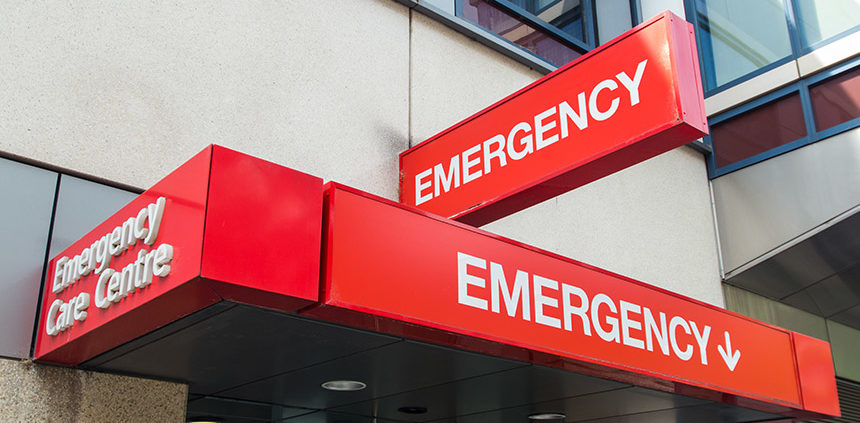At some point, most people will either witness or be involved in an accident or experience a medical emergency. Knowing what to do next and who to call can potentially save lives.
Life-threatening emergencies
Call 999 in a medical emergency – when someone is seriously ill or injured and their life is at risk.
Medical emergencies can include:
- loss of consciousness
- an acute confused state
- fits that are not stopping
- persistent, severe chest pain
- breathing difficulties
- severe bleeding that cannot be stopped
- severe allergic reactions
- severe burns or scalds
Call 999 immediately if you or someone else is having a heart attack or stroke. Every second counts with these conditions. Also call 999 if you think someone has had a major trauma. Major trauma is often the result of a serious road traffic accident, a stabbing, a shooting, a fall from height, or a serious head injury.
Non-life-threatening emergencies
If it is not a life-threatening emergency and you or the person you are with does not need immediate medical attention, please consider other options before dialling 999:
- self care at home
- calling NHS 111
- talking to a pharmacist
- visiting or calling your GP
- going to a local NHS walk-in centre
- attending an urgent care centre or minor injuries unit
- making your own way to your local A&E department – arriving in an ambulance does not mean you will be seen any quicker
Choose the best service for your needs, as this will ensure the ambulance service is able to respond to the people who need help the most.
Source: NHS Choices.





